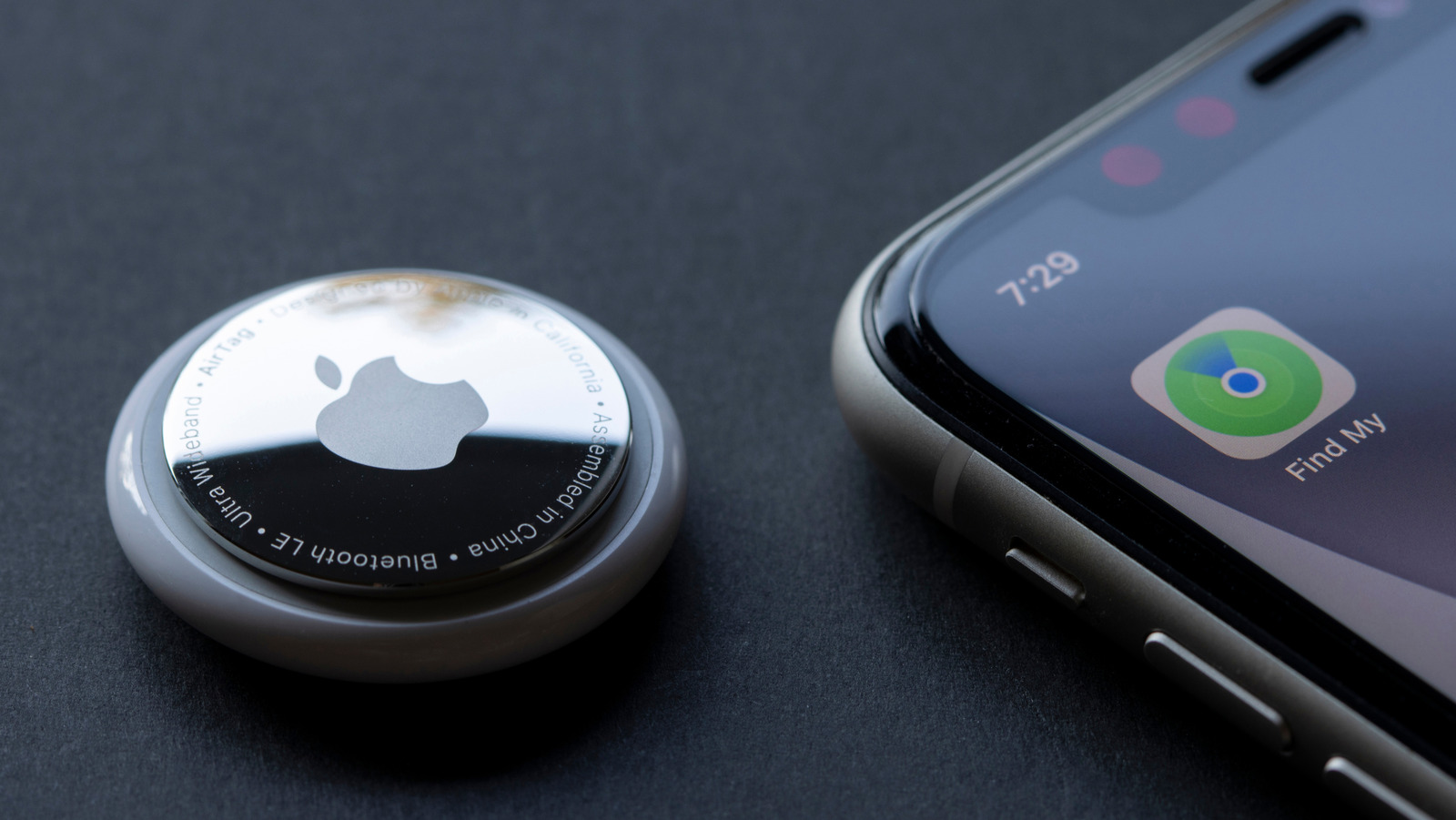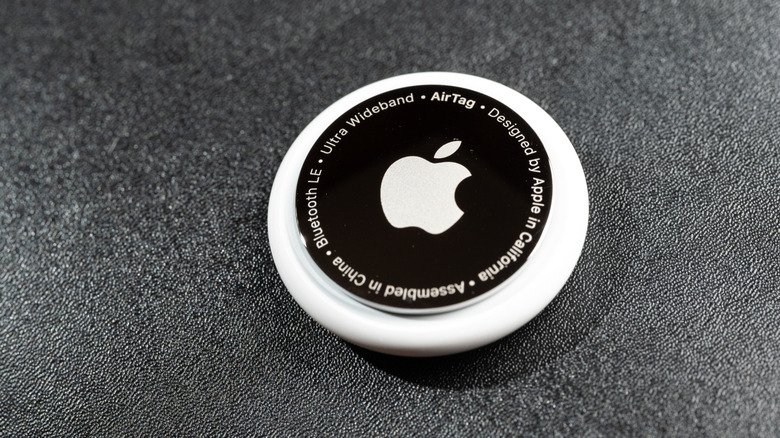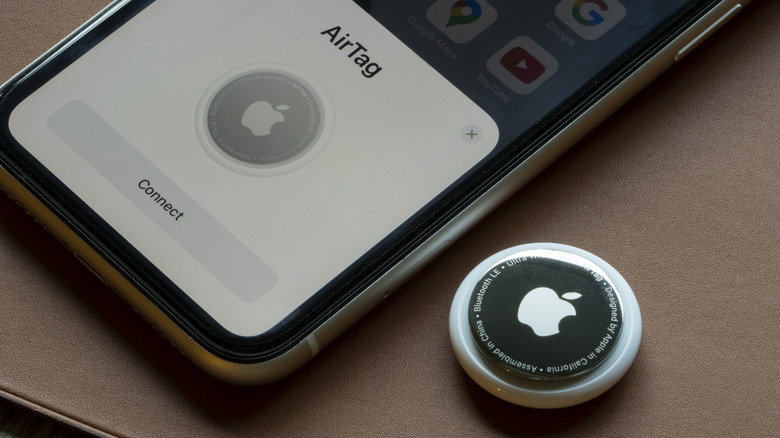The Apple AirTag was introduced in 2021, and the original model is still going strong, though rumors suggest a second-gen version is finally coming in late 2025. Interestingly, among all the speculated improvements of the new model, battery life is not one of them. That’s because battery capabilities are difficult to push farther due to limitations with lithium technology, safety, and cost. For now, that means the Apple AirTag’s battery life is unlikely to change significantly from one generation to the next. But how long is the battery life for the time being?
The good news is that it’s generally quite long — at least a year in most cases. Also good news is that the tracker uses a standard CR2032 lithium 3V coin cell battery, the same batteries that power traditional digital wristwatches. They’re easy to find at most hardware, grocery, or even convenience stores. You’ll know the battery needs replacing when you receive a notification in the Find My app for the item to which it’s connected. It may also beep to indicate low battery.
An Apple AirTag battery can potentially last up to a few years, depending on where and how it’s used. Usually, most people find that its battery lasts about a year or year and a half. Some have noted that theirs stayed alive for two years before needing a new battery. But others have noted theirs died in as soon as six months.
Rated and experienced battery life on the AirTag
First, let’s consider Apple’s own testing. The company says AirTags should last for over one year, based on testing it ran with various iPhone 11 and iPhone 12 phones back when the accessory was first introduced.
Based on my own usage, I have found that the battery can easily last as long as two years with minimal use. My son, for example, has one connected to his keys, which are typically in his backpack, so there’s little direct exposure to the outdoors. From time to time, I’ll use Precision Finding to locate it when he misplaces his keys. Rarely do we use the sound alerts. Based on this usage, the battery was only replaced recently after close to two years of use.
Those who report getting up to just over a year, some as little as six months, are often using the AirTag with an item like a bicycle, attaching it to a dog collar, or tapping into it more frequently.
What can impact AirTag’s battery life?
There’s good reason for the variation in battery life because many factors can impact it. First is, of course, usage. The more you use features like sound alerts and Precision Finding, the faster the battery will drain. Second are environmental conditions. If the AirTag is on an item that is often outside and constantly in motion, like a bicycle, pet collar, or in a child’s shoe, jacket, or backpack, the outside temperature can impact the battery. This might be hot and humid summers or frigid and icy winters. Do you notice your phone’s battery drains more quickly in hot or cold temperatures? The same principle applies to the AirTag battery.
Finally, consider what replacement battery you use. It might be tempting to buy cheap dollar-store batteries, but these could have shorter lifespans. With a good-quality battery from a reputable brand, however, you should be able to extend an AirTag’s life.
Thankfully, CR2032 batteries are affordable and available in multi-packs. So you can keep a few stocked for when you need to replace your AirTag battery. With spare batteries on hand, an AirTag can keep going for many years to come.










